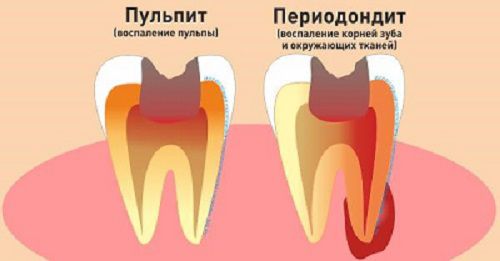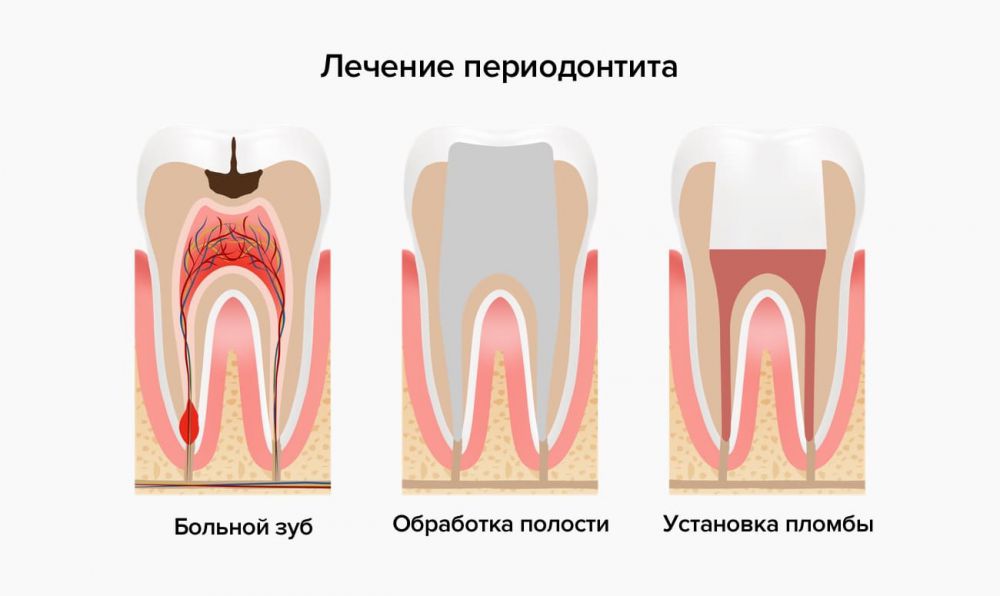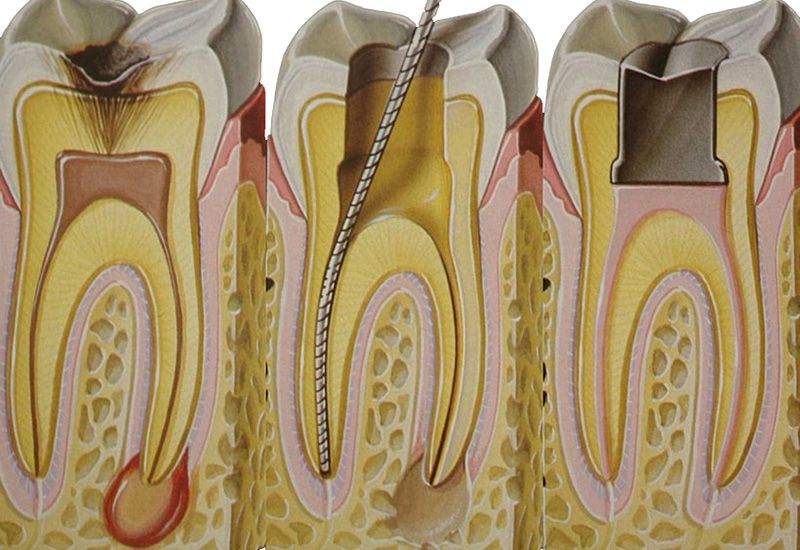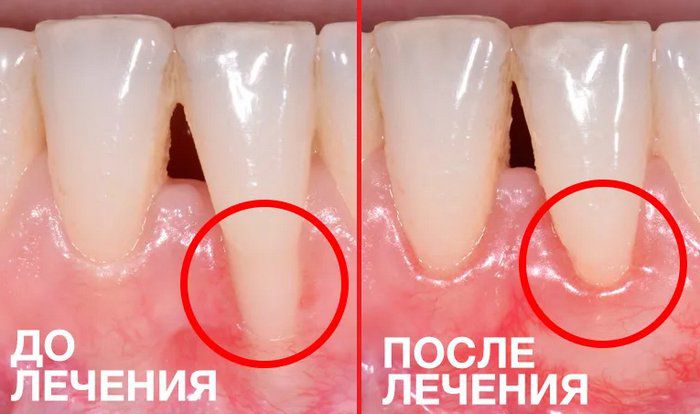Periodontist in Torrevieja

Treatment of periodontitis in Torrevieja
Table of Contents:
- Symptoms of periodontitis
- Causes of periodontitis
- Treatment of periodontitis
- Materials and technologies used in treatment
- Can it be treated at home?
- What to do after treatment
- Recommendations after treatment
Periodontitis is the inflammation of tissues that hold the tooth in its dental socket. This inflammatory process is beyond the tooth itself, inside the bone. This condition also has common colloquial names such as "cyst" or "phlegmon".
Symptoms of periodontitis
In periodontitis, the patient feels pain, which can be both acute and strong ("the face swells up", "half of the jaw hurts", "the gum swells up") and dull, periodic pain ("hurts as if stretching, itching”, “it will hurt, it will hurt and it will pass”, “a pimple formed on the gum that oozes pus”). Very often, there is a feeling that the tooth is as if it had grown, and at the same time there may be pain from heat or when chewing.
Sometimes periodontitis does not manifest itself in any way and is accidentally discovered during X-ray diagnostics (a "cyst") during a visit to the dentist.
Causes of periodontitis
The most common cause of periodontitis is untreated caries and pulpitis. Bacteria from the carious cavity, as it enlarges, penetrate inside the tooth, into the root canals, there is an inflammation of the pulp (nerve of the tooth) and then bacteria come out through the openings at the apices of the roots into the surrounding tissues, inflammation begins there. Periodontitis is also possible, for example, after previously performed endodontic treatment, due to injury and some other conditions.
The treatment of periodontitis can only be performed by a dentist. This treatment is usually performed in one to three visits and consists in strictly following a certain sequence of actions:
First, after local anesthesia, the doctor isolates the tooth with a special latex rubber dam. This is necessary so that saliva, full of bacteria, does not enter the tooth during treatment.
Secondly, the doctor gains access to the root canals, removes affected tissues and treats the canals with special rotary mechanical instruments.
Thirdly, the doctor carefully flushes the root canals with antiseptic solutions using ultrasound. These solutions for high-quality antiseptic treatment should remain inside the tooth for at least 40 minutes, so this treatment takes a long time.
And fourth, if the treatment is performed in one visit, the doctor seals the canals with a sealing material to ensure a stable long-term result. If necessary, the doctor inserts a temporary medication into the tooth, which has disinfectant and anti-inflammatory properties. Sometimes this medicine has to be left in the tooth several times. And only after that the channels are permanently sealed.
Contact Information:
| Torrevieja, Pasaje Pais Vasco, edificio 1 local 4 | |
| +(34) 638 893 141 | |
| +(34) 638 893 141 | |
| apdenta@gmail.com | |
| Working hours: Mon - Fri: from 10:00 to 20:00 |




